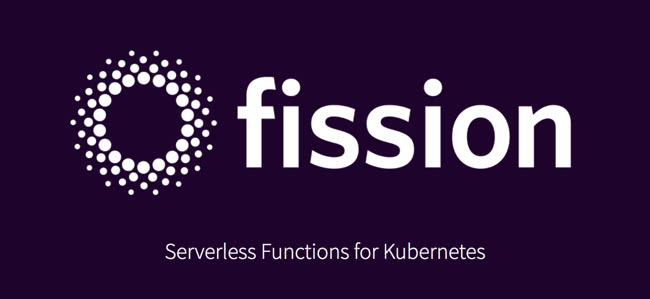Fission - Serverless Framework For Kubernetes
Fission introduction and demonstration
Slides
- 2018 Google Cloud Platform User Group Taiwan #41
- 2018 Kubernetes Seminar
Fission introduction and demonstration
Tutorial for how to integrate Fission with Istio
Fission is a framework for serverless functions on Kubernetes. Istio is an open platform to connect, manage, and secure microservice announced by Google, IBM and Lyft. It makes sense to combine them together to provide user more powerful functionalities.
Since this is the very first step for fission to integrate with Istio, there are still couple problems need to be solved. For those interested in trying to integrate fission with istio, following is the set up tutorial.
Available zone can be found here
$ export ZONE=<zone name>
$ gcloud container clusters create istio-demo-1 \
--machine-type=n1-standard-2 \
--num-nodes=1 \
--no-enable-legacy-authorization \
--zone=$ZONE \
--cluster-version=1.9.2-gke.1
Learn how to use Kubeadm to install Kubernetes in mins
Long time ago, the way to install kubernetes was quite complicate. After kubernetes 1.4, we can use Kubeadm to install a kubernetes cluster with only two steps. Now, let’s start our journey.
#!/bin/bash
apt-get update && apt-get install -y apt-transport-https curl
curl -s https://packages.cloud.google.com/apt/doc/apt-key.gpg | apt-key add -
cat <<EOF >/etc/apt/sources.list.d/kubernetes.list
deb http://apt.kubernetes.io/ kubernetes-xenial main
EOF
apt-get update
# Install docker if you don't have it already.
apt-get install -y docker.io
apt-get install -y kubelet kubeadm kubectl kubernetes-cni
Introduce Kubernetes to company before and after
Learn how to use Kubernetes Deployment to perfom rolling update
The newer version of Kubernetes, official suggests using Deployment instead of Replication Controller(rc) to perform a rolling update. Though, they are same in many ways, such as ensuring the homogeneous set of pods are always up/available and also they provide the ability to help the user to roll out the new images. However, Deployment provides more functionalities such as rollback support.


